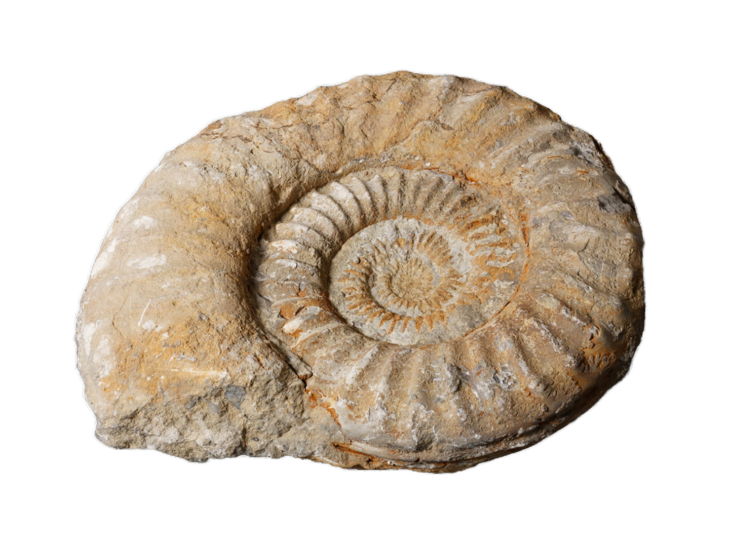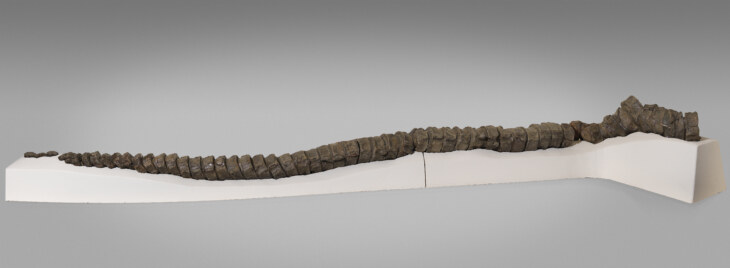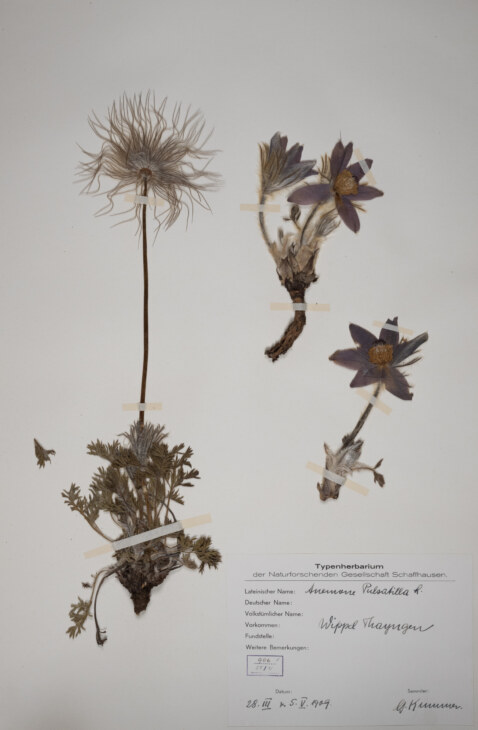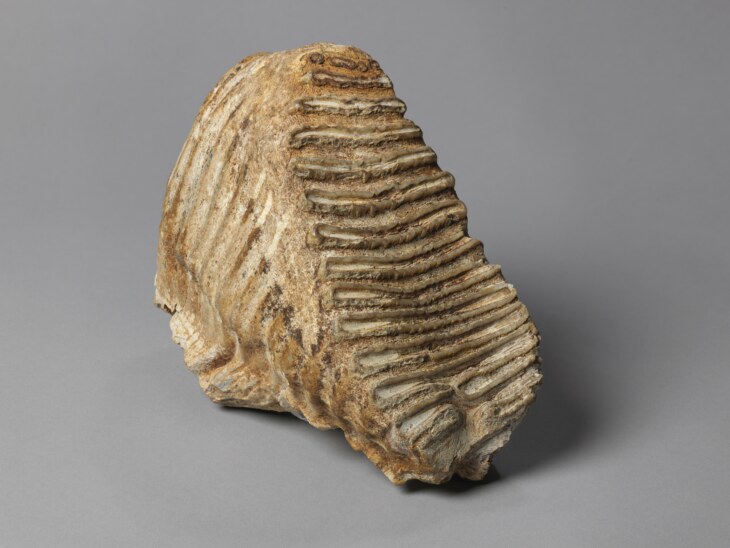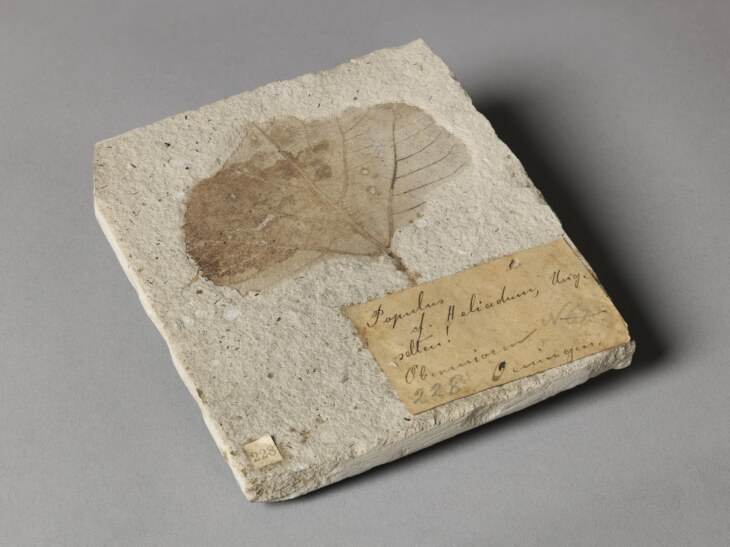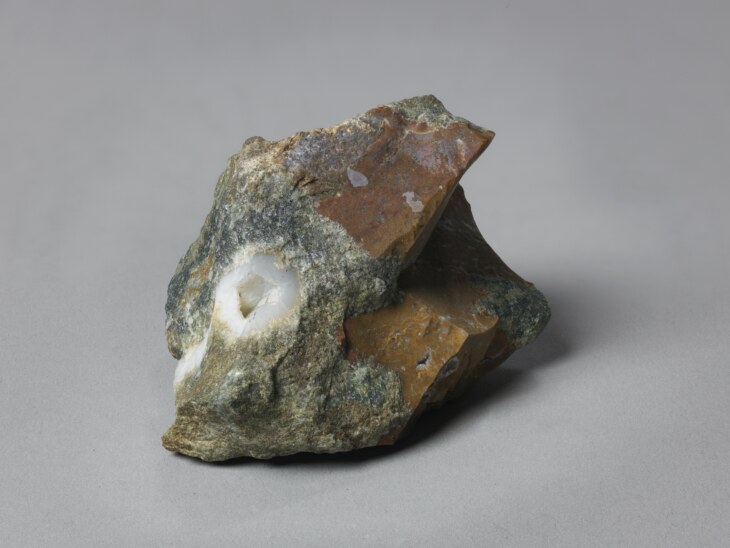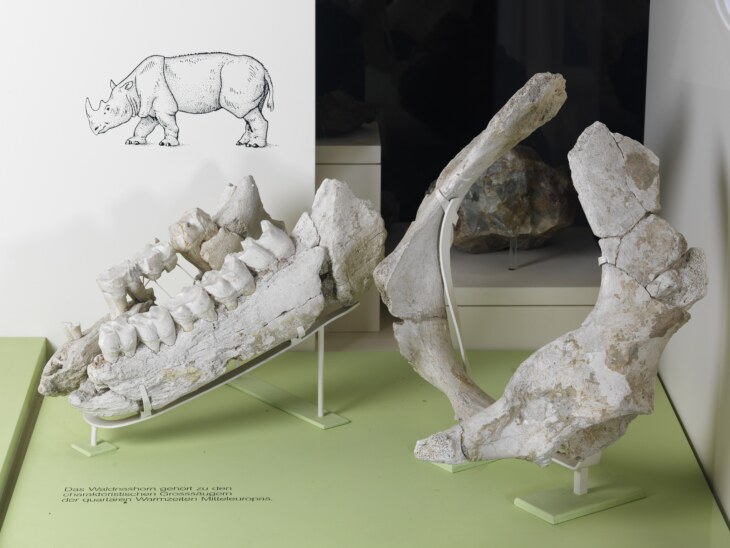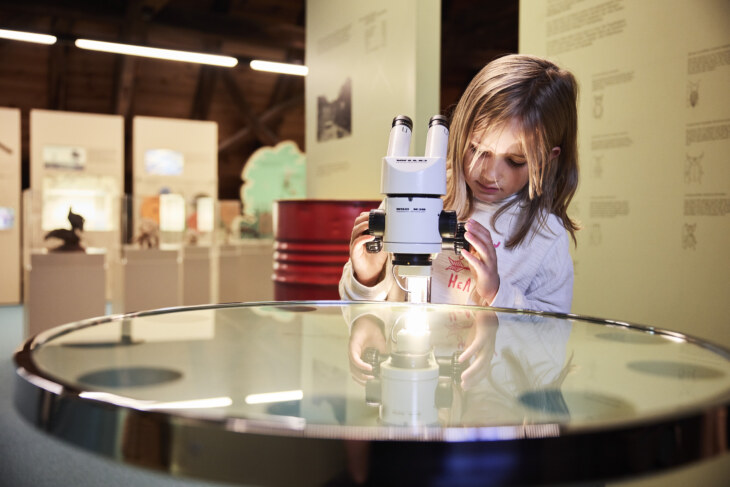Natural History
The natural history collection now comprises some 150,000 objects from the fields of geology, zoology, and botany. Particularly unique are the various herbaria and butterfly collections, which scientifically demonstrate the change in regional species over the past 150 years and are regularly used for current questions in biodiversity research.
Of the utmost scientific importance and irreplaceable are the surviving holotypes and original illustrations, including the collections of Ferdinand Schalch and Theodor Vogelsanger. The Herbarium Vivum Ehrharti from the mid-18th century (the first commercially produced herbarium, of which only two other examples exist), the extensive herbarium of Samuel Brunner from the 1830s, and the manuscripts of the Würtenberger family of geologists from Dettighofen are also of great international importance.
The natural history department also includes the Stemmler Museum, which houses the collection of the furrier, taxidermist, and conservationist Carl Stemmler in an authentic presentation and is unique in the museum landscape.

